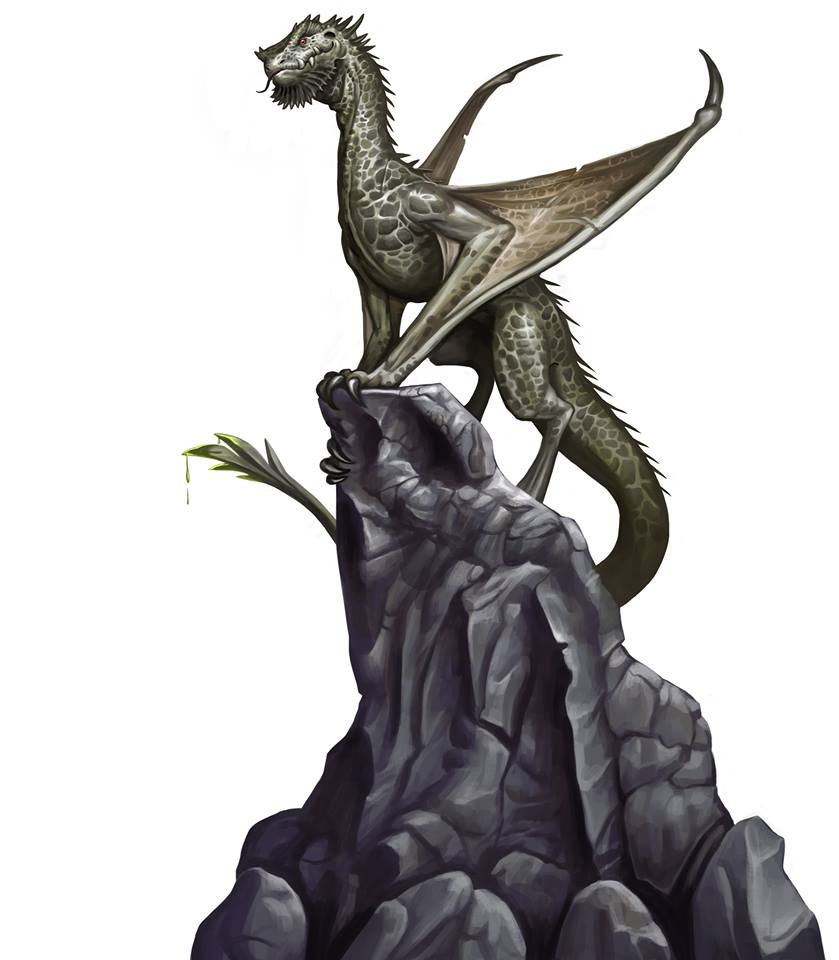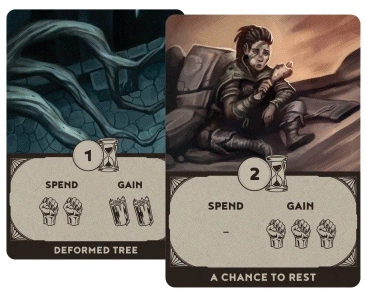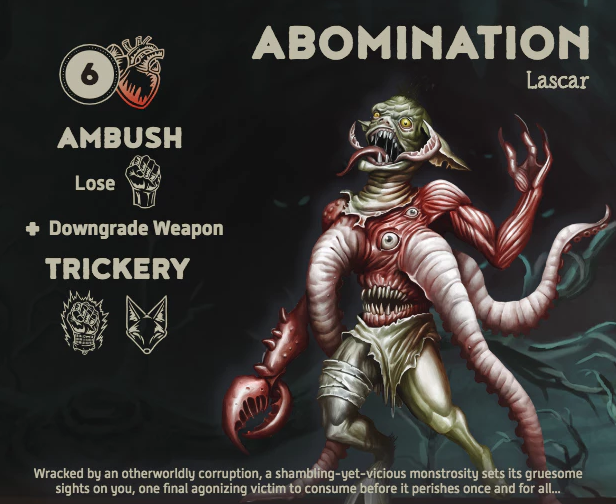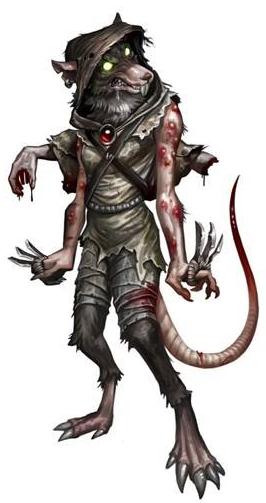As part of our May Spotlight on Unbroken, we strive to inform readers of little extra tidbits surrounding the game. Games are made by people, and one of those tidbits we enjoy is learning a little bit more about the people behind them. Some designers shy away from the public stage, while others enjoy being front and center.
When it comes to designer Artem Safarov, he is more than happy to talk about his games and the hobby in general, even if he doesn’t have the most prolific online presence. Like most, balancing a job, a family, and a passion – such as, say, designing board games – takes up a lot of time, and it doesn’t always leave a ton of room for socializing online. Which in many ways is sort of fitting when it comes to Unbroken: a game deliberately created for those who don’t always have the time for lengthy games or dedicated game nights with friends. Still, embracing the practicality of a solo game with his love of gaming narrative, Artem sought to create a game that told an interesting story no matter how many players were involved. And so Unbroken took shape, one journey through the dungeon at a time.
In this quasi open style narrative-driven solo game of stubborn determination, survival, (and maybe a little justice for good measure), the game begins on an expectedly down note: you are the lone survivor of a dungeon-crawling adventure gone completely awry. Everyone rolling 1’s level awry. Red Wedding awry.
It was bad.
Your entire party had been ambushed, and you were left for dead. You made it out, barely, but the rest of your cadre weren’t so lucky. This is how Unbroken begins – with you alone, injured, and trapped in an unforgiving environment. Over the span of a half hour or so, you must navigate your way through unfamiliar terrain, gather and manage what resources you can scrounge up, and regain enough strength to make a final push back to the surface – which is likely to to be blocked by the very creatures that struck you down in the first place. Driven largely by card encounters, basic forking decisions will determine your ultimate fate. If you’re too reckless, you could bleed out or be unable to fend off your enemies. Too cautious, and you’ll run out of time to escape. In Unbroken, your decisions will determine how your story proceeds – and how it ends.
With a straightforward premise, short play time, and low barrier to entry, Unbroken is a brisk solo game that’s easy to process and whose challenges make you want to set up and try again as soon as you finish. Which is good, because living through to the end is far from a foregone conclusion. It’s an amiable balance between mechanics and thematics, which is precisely what Artem was apparently aiming for in a solo gaming experience. He has been beyond thrilled about the game’s initial online success, and he’s optimistic that even more will take up the challenge of living to fight another day.
At least, that’s the feeling we got during our chat with him about this not-so-solo process of bringing a solo game to life, which we are sharing with you here today.
Enjoy!
Round One Questions
CR: What was your Gateway Game?
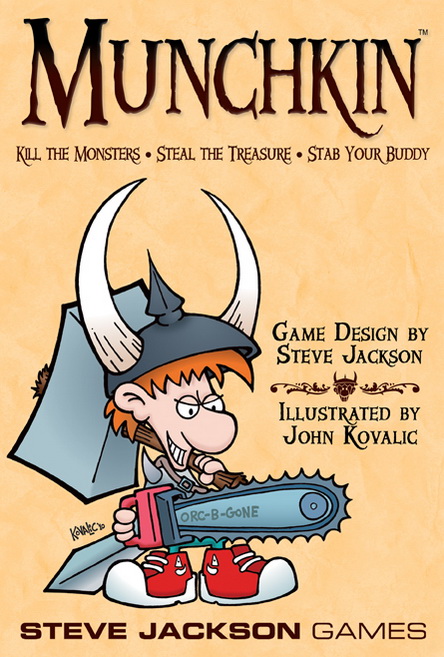
Munchkin. It was probably 2006 and it was introduced to our group of friends and we loved it since it allowed us to re-experience lots of our past D&D adventures in a lighthearted way. I was amazed at how engaging the game was to my friends whom I would not classify as “gamers” back then. Now most of my friends play some games to some extent – a reflection on how the hobby has changed and expanded in the past years.
CR: What was the last game you really enjoyed playing (besides Unbroken)?
From my recent finds, it’s definitely Isle of Skye. It hits a great balance between simplicity and complexity, introduces a great bidding mechanic to the familiar tile-laying structure, has a very pleasant aesthetic / color scheme, and gives me an opportunity to bust out my (abhorrent) Scottish accent.
CR: How big is your game collection?
I think it’s about 50-60 games all in all. I cull it regularly, and despite how much I’d like to play, my playing opportunities are not that frequent. Even the solo games don’t get that much love lately now that my free time is mostly spent on Kickstarter work.
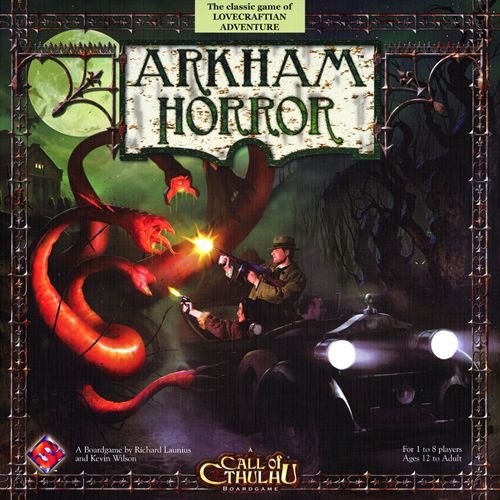
We had a hunch this would come up…
CR: What is your favorite type of game to play?
I like immersive thematic games with mechanics that advance the narrative. I’m also somewhat of an Ameritrash fan, so I do like some randomness and an opportunity for an unlikely triumph in my games. Something that plays reasonably fast is also a welcome factor for me as a father of young children. Think Arkham Horror, or the Lord of the Rings LCG.
CR: How do you feel about Monopoly?
Like an artifact of the past should be respected but not confused for an actual option now that it’s outlived its lifespan. I love introducing games to people not familiar with the hobby by touting their advantages over Monopoly’s many flaws. Having said that, it gave me lots of fond childhood memories (I had a super swanky Russian knockoff version in the 90’s!) and I’m grateful for it.
On Unbroken
CR: Unbroken’s theme is very gritty, focusing on one part survival, one part revenge. What sort of inspirations did you have when rounding out the game’s flavor?
While the tagline does say ‘survival and revenge’, the main theme of Unbroken (at least for me) is perseverance in the face of adversity. Getting up after falling down. The theme of overcoming challenges is one that resonates with me on a very personal level and I was glad that I could make a game as a manifestation of this idea. I always found that failure is such a fundamentally human experience and something that we all go through. Everyone screws up. It is what we chose to do after we screw up that defines us.
As a recent example, the mentality is coming in really helpful now as we are working our way though all sorts of Kickstarter delivery obstacles…
CR: The game features quite a few different endgame baddies. Do you have a particular favorite among them to face, and why?
That’s a great question. For me it’s between the Wyvern and the Vampire. The Wyvern, because at one point it was a laughably weak enemy and testers were making fun of it, so after that round of testing it received a major boost in difficulty and now stands as probably one of the toughest foes that you need to prepare for.
However, the Vampire probably wins because she is the most mechanically interesting enemy that gives the player many options on how to deal with her. In the game you have to stockpile the Wood resource to hurt her consistently and you have to save a unit for the final blow (stake through the heart, yes?). I am rather satisfied with that interpretation of narrative in terms of mechanics. She also has one of the more melancholy and terrifying back stories of all the monsters in the game. We have all the stories for folks to read right here.
CR: Not every adventurer is going to make it out of their predicament successfully. What’s the most amusing or surprising case of catastrophic failure that you’ve seen while developing the game?
I think we don’t need to go far for that. As many may know at this point, I screwed up the shipping calculations for the project and as a result, what should have been a huge financial success is now a liability, forcing us to go back to the backers and ask for voluntary top-up payments. People have been super nice about it and many have chosen to help. But as far as catastrophic failures go…this one was pretty spectacular. I take solace in the fact that it will make for THE BEST Lessons Learned post ever at some point.
CR: Fair Enough. With respect to the Unbroken itself – what was the most challenging part about designing / developing a solo game?
Making it unpredictable and challenging without over-relying on luck. I think solo games have such a difficult task in what they are trying to accomplish because in absence of a living opponent making clever decisions, often you are left either at a very rigid, predetermined strategy that you know is the best or reliance on luck alone like rolling a bunch of dice and hoping for a bunch of sixes.
Designing a set of challenges that would make different strategies optimal was difficult but rewarding. All monsters in Unbroken become easier or harder based on the circumstances that you encounter them in – the type of resources you have, the type of weapon you’re using, the character you’re playing, the types of Skills you have. Some of these things are under the player’s control, but others are not. The real heart of the game is understanding which of these choices you can make without sacrificing too much and which choices are no longer on the table. Picking the right approach to a fight (sometimes not knowing exactly what the challenge will be) is the main attraction of Unbroken for me.
CR: Unbroken had over 16,000 backers on Kickstarter, which is an impressive response. What do you think is driving the steep rise for solo games in the hobby, and were there any aspects in the game that you designed specifically to capitalize on that fact?
I think solo gaming reflects the fact that people have more desire to play games than they have opportunity to play games with others. Solo gaming removes that annoying requirement. Don’t get me wrong: I prefer playing face to face with other human beings too, but often I will just want to play something and waiting for two weeks until my friends become available is not really an option.
In the recent past video games have occupied this slot in many people’s leisure time, but I find that as most jobs involve starting a screen for 8 hours a day, coming home and staring at another screen is becoming less and less appealing. Board games have such a nice tactile feel to them!
A particular group that I catered Unbroken towards are parents of young children. Being stuck at home caring for little ones often reduces opportunities to play in groups and most of the time you are too tired to bust out a four hour game of Mage Knight. So I made a solo only game that plays in 30 minutes to get that gaming fix in while the baby is napping.
CR: To that end, what makes Unbroken uniquely stand out among the growing line of solo titles to choose from?
I think the fact that it is so deliberately and unabashedly solo really helped. It doesn’t try to hide its nature behind a “1-2/1-4 players” copout – it is built from the ground up as a single player experience. From the story to the mechanics, everything in Unbroken is meant to celebrate solo nature of gaming (I took inspiration from Friday on this one), and I think it made a difference.
I also thought that subverting a familiar dungeon crawl theme helped. Everyone’s played a game where you’re delving deeper into a dungeon, but in this one the delve is over, you lost, and you need to get out! I think it allows people to enjoy a trope like fantasy without many of the cliches that you come to expect (Loot! XP! Et Cetera).
I also think that a good marketing approach, positive critical reception, and very appealing graphical presentation made it hard to pass up on Unbroken, though these factors are certainly not unique among the many quality options out there now.
CR: Unbroken is your second published game, following 2015’s Cauldron. Was there anything you found radically different the second time around? Was there anything surprisingly the exact same?
Well, the scope of Unbroken really dwarfs Cauldron (16,000 backers vs. 960), so that’s certainly different. Unbroken also came with a lot more challenges, especially in the logistics department. Whereas for Cauldron I could just bite the bullet and pay some extra, for Unbroken the huge volume takes away that option and forces me and my partners to look for alternatives. I think I will come to appreciate this huge volume a lot more after worldwide delivery ensures everyone has gotten their game.
In terms of the sameness…my absolute favorite thing for both campaigns is connecting with backers as people. I met so many kind, supportive, enthusiastic human beings this way, and it just floors me how passionate they can be about a game I made. It is very rewarding, and I am so grateful to people for all their engagement and involvement
CR: Finally, be honest: how far do you think you’d be able to survive in your own game were it real? Because we’d likely either kick the bucket almost immediately or somehow (literally) stumble into an escape…
I can give you a precise answer to this one! I would likely trick the Level 1 monster and then succumb on Level 2 either because I wasn’t prepared to break the opponent’s armor or because the opponent turned out to be a huge angry bear.
CR: Sounds about right.
Also, thank you again for featuring Unbroken and for the opportunity to answer these fun questions! Keep up the awesome work!
CR: Likewise!
Unbroken is a concise, challenging, and often unrelenting foray through dark tunnels and forgotten passageways. One wrong step can spell disaster, but like most things, the only way out is through. Blending a healthy mix of theme and mechanics into a short danger-filled experience where everything is stacked against you, Unbroken not only tests your ability to strategize and prioritize, but also how to cope with the completely unexpected. All while trying to maintain the message that if you can just hold on, victory may be just around the corner.
Well, victory…or another wererat. 50/50 really.
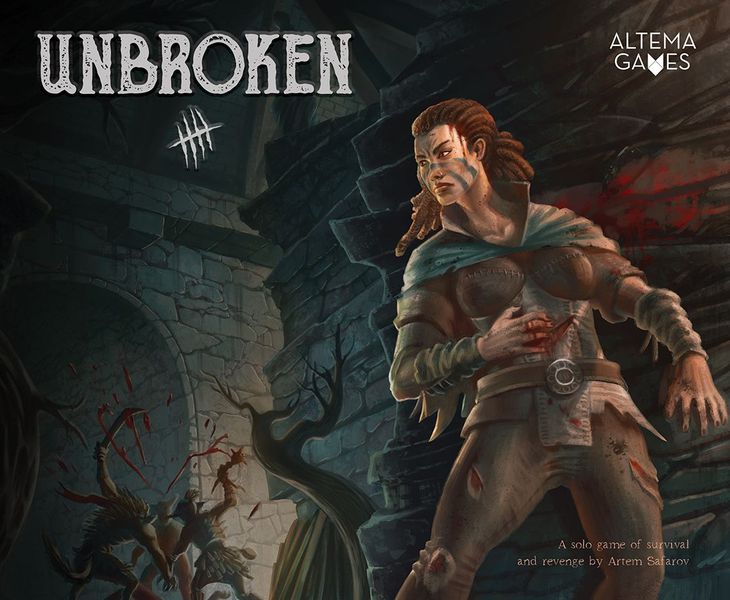
Because we’d feel a little bad sending you right into such an environment – especially considering the condition our intern Claudius came back in after we made him do a test run of our own (something about steep ledges and a fungus of some kind), we’ve instead decided that he best course of action would probably be to test your skills first by offering up a copy of the game. But like the number of your ill-fated adventuring party, only one can walk away from this scenario. So don’t delay – enter for a copy of Unbroken now!
Photo Credits: Unbroken cover and photos by Altema Games.

